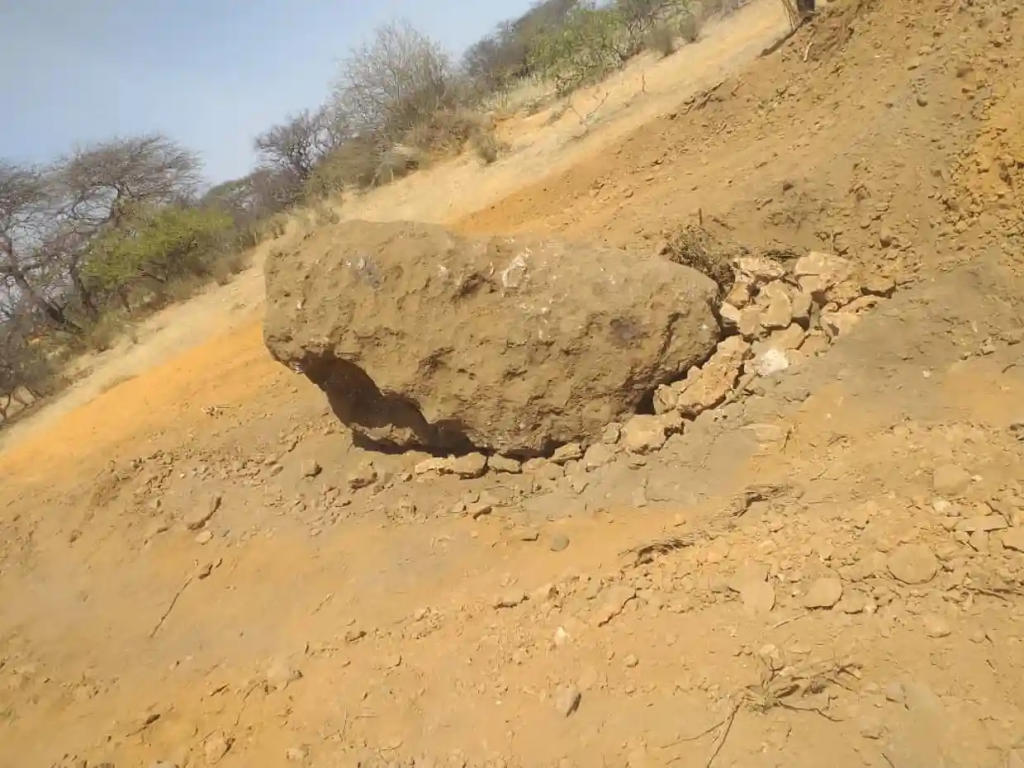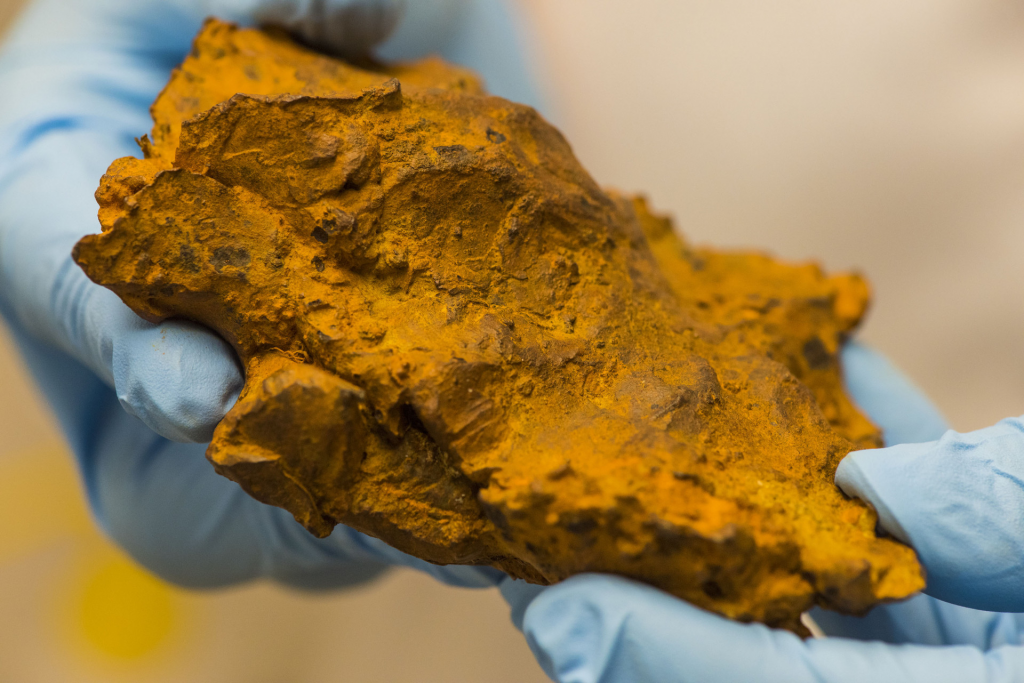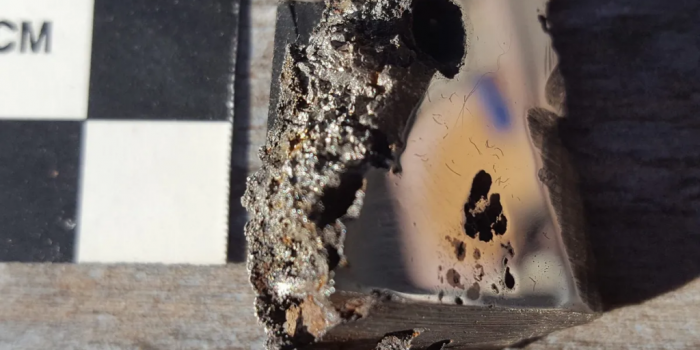After analyzing a piece of a 15-tonne meteorite that crashed in east Africa, a team of Canadian researchers claims to have discovered two new minerals and possibly a third.
The El Ali meteorite, which was discovered in Somalia in 2020 and is called after its landing place near the town of El Ali, is the eighth largest recorded. It is one of the largest meteorites ever discovered, weighing 16.5 tons.

Researchers identified the minerals after taking samples of the meteorite and sending them to the University of Alberta for further analysis. Researchers also claimed to have discovered a third new mineral. However, this was still being investigated. The findings were presented at the university’s Space Exploration Conference.
“Whenever you find a new mineral, it means that the actual geological conditions, the chemistry of the rock, was different than what’s been found before,” Chris Herd, curator of the University of Alberta’s Meteorite Collection and professor in Earth and atmospheric sciences, said in a statement.
“That’s what makes this exciting: In this particular meteorite, you have two officially described minerals that are new to science.”
According to the university, when Herd first noticed something unusual in the slice, he contacted his colleague Andrew Locock. Since the minerals had previously been synthesized, Locock confirmed the new minerals by comparing the compositions of the natural and man-made minerals.

One of the minerals was dubbed elaliite after the meteorite’s name, originating from where it was discovered. The other was dubbed elkinstantonite after Lindy Elkins-Tanton, vice president of ASU’s Interplanetary Initiative and senior investigator on NASA’s future Psyche mission.
According to the university, Herd categorized the meteorite as an “Iron, IAB complex” meteorite with the support of UCLA and the California Institute of Technology experts.
Researchers will undertake additional research on the minerals to provide insight into the conditions inside the meteorite when it formed when they are referred to as meteoroids.

“If more samples were retrieved from the meteorite, more unusual minerals could be discovered, which could lead to new uses on our planet,” Herd said.
Whenever there’s a new material that’s known, material scientists are interested too because of the potential uses in a wide range of things in society,” he added.


